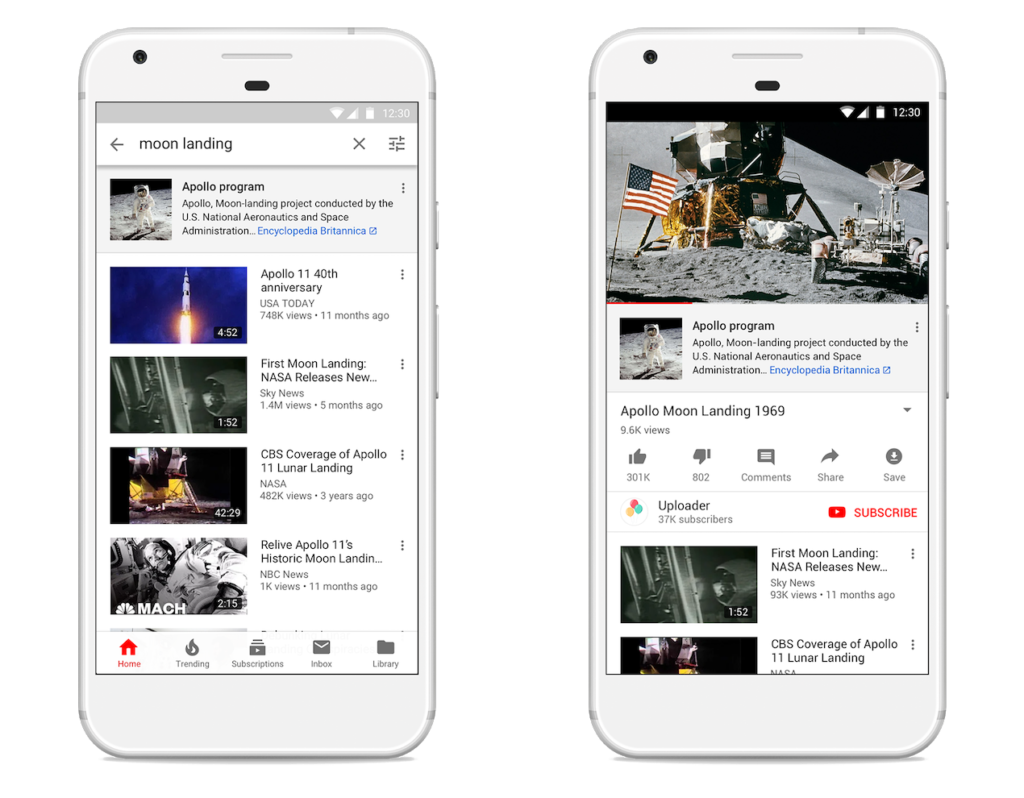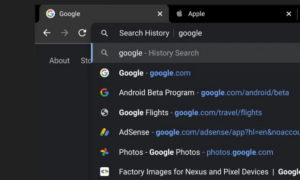Facebook has long tried to stop the spread of fake news, especially in the wake of the Cambridge Analytica scandal, and now the fight is picked up by even more platforms. Facebook-owned WhatsApp messaging app took out full-page ads in actual newspapers to educate users about spotting fake news.
“Question information that upsets you”, says WhatsApp’s full-page advertisements. Clearly the solution to declining newspaper ad revenues in India will come from how we tackle our digital fake news crisis. pic.twitter.com/3h5XyJeMIr
— Anuj Srivas (@AnujSrivas) July 10, 2018
On the other side of the fence, YouTube will spend $25 million to eliminate fake news and support legitimate news agencies.
In an effort to slow the spread of conspiracy theories, YouTube will start to display information from Wikipedia and Encyclopedia Britannica near videos about “well-established historical and scientific topics that have often been subject to misinformation.” Two examples provided were the moon landing and the Oklahoma City Bombing.

When it comes to breaking news, YouTube wants to remind users that details are sometimes sketchy in the early hours of an incident and introduced even more context. You can read all about YouTube’s plan to support a better news ecosystem in this blog post.
✍YouTube Bans Gun Tutorials And Videos Promoting Weapons✍
Follow TechTheLead on Google News to get the news first.























